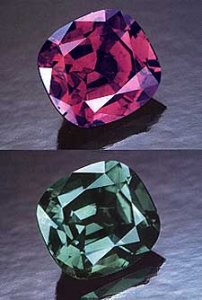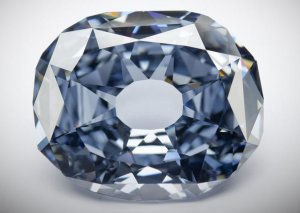- Joined
- Jun 29, 2008
- Messages
- 10,261
Thank you thank you thank you. As a long time collector of Alexandrite I have seen literally hundreds of them and have never ever seen one change to a ruby red. To me it''s always been a chase (albeit a slow one) to find one that has that property. I''ve found some that are very burgundy but never red! I can now stop looking safe in the knowledge that I have some fine Alexandrites and the elusive red has been colour corrected!!!Date: 1/4/2010 8:42:28 AM
Author: Richard W. Wise
TL,
The picture caption does say that but Michael looked at it carefully and believes it is the un recut stone. I don''t believe the Smithsonian would alter the image, but would Graff? Believe me it has been color corrected, the stone itself looks more like a pale aquamarine.
The Hammid alexandrite was interesting, but for another reason (it was cut from rough). For years, everyone used that image as an example of a fine Russian alexandrite. That image was published everywhere. I recall being quite frustrated trying to find the mythical ruby red/emerald green alexandrite. Despite my long search I never did. I was in Brazil when the Hematatita Alexandrite strike was going full bore but nothing really came close. Then when I purchased the image for Secrets, I had a conversation with Tino Hammid and he admitted that the stone had been color corrected. So, it was like a search for the Holy Grail.
So, my friends beware of Englishmen bearing images, If you are looking for a blue diamond that looks like the Wittelsbach in the image at the beginning of this post you will be looking for something that does not exist.









300x240.png)